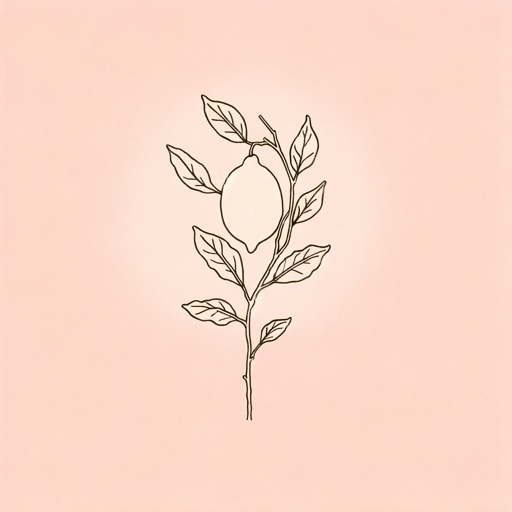47 pages • 1 hour read
Sandy TolanThe Lemon Tree: An Arab, a Jew, and the Heart of the Middle East
Nonfiction | Biography | Adult | Published in 2006A modern alternative to SparkNotes and CliffsNotes, SuperSummary offers high-quality Study Guides with detailed chapter summaries and analysis of major themes, characters, and more.
Summary and Study Guide
Overview
The Lemon Tree: An Arab, a Jew, and the Heart of the Middle East is a biography and memoir written by Sandy Tolan and published in 2006. Against the backdrop of the first Arab-Israeli War’s 50th anniversary, American journalist Sandy Tolan travels to the Middle East to research his assignment. Through the biography, Tolan aims to highlight how two families on opposite sides of the conflict—the al-Khairis and the Eshkenazis—are connected on a level that transcends both faith and human fallibility.
Tolan’s book begins in 1967, when Bashir Khairi, a 25-year-old Palestinian man, returns from exile in the West Bank to knock on the door of the house in al-Ramla in Israel where he once lived. There, he will meet Dalia Eshkenazi, a young Israeli college student who was, until that moment, unaware of the history of her house and her country.
The author then goes back in time to the 1930s, when Bashir’s father, Ahmad, carefully built his family’s house out of stone and planted a lemon tree in the back yard. Although the tree would take several years to bear fruit, Ahmad believed in patience and thought he had time to see the tree flower.
In alternating chapters, Tolan narrates the history of Bashir’s family in Palestine and of Dalia’s family, who were Jews in Bulgaria. There, they, along with the other Jews of their nation, barely escaped deportation to Nazi concentration camps. They were only spared when individuals intervened. Fueled with a Zionist fervor, Moshe, Dalia’s father, decided to settle in Israel with his wife, Solia, and Dalia, then an infant.
Bashir’s family had been routed from their home in the immediate aftermath of Israeli independence in 1948 and removed from the town of al-Ramla to the West Bank. Living a desperate life of exile, the family fled briefly to Gaza, where Bashir’s left hand was blown off by an explosive that he believed Israeli forces had planted in the sand. The family returned to the West Bank, where Bashir became a lawyer. In the aftermath of the Six Day War, Bashir took advantage of the unsettled situation to slip back into Israel to see his old house.
Thus, the unlikely friendship began between the Palestinian man, Bashir, and Dalia, the Israeli woman with a penchant for questioning how her family had taken control of their house in Ramla. As Dalia attended university and became an English teacher, Bashir, increasingly radicalized, was jailed for allegedly haven taken part in a supermarket bombing in Jerusalem.
Dalia, recovering from cancer, was hospitalized while pregnant, and she found out that Bashir had been exiled to Lebanon and later Tunis. She wrote a letter explaining their friendship, connection, and ongoing debate in The Jerusalem Post. With Bashir’s blessing, she later established a kindergarten for Arab children in the Ramla house that her parents had lived in. The house became a center of Israeli-Arab dialogue called the Open House. After returning to Israel, Bashir briefly enjoyed increased liberty after the Oslo accords had been signed, but then experienced the aftermath of the intifada, the widespread Palestinian resistance to Israeli occupation. By the end of the book, Dalia and Bashir’s friendship has become more distant, but Dalia, ever hopeful, replanted the lemon tree that had died in her backyard, hoping for a better future.

